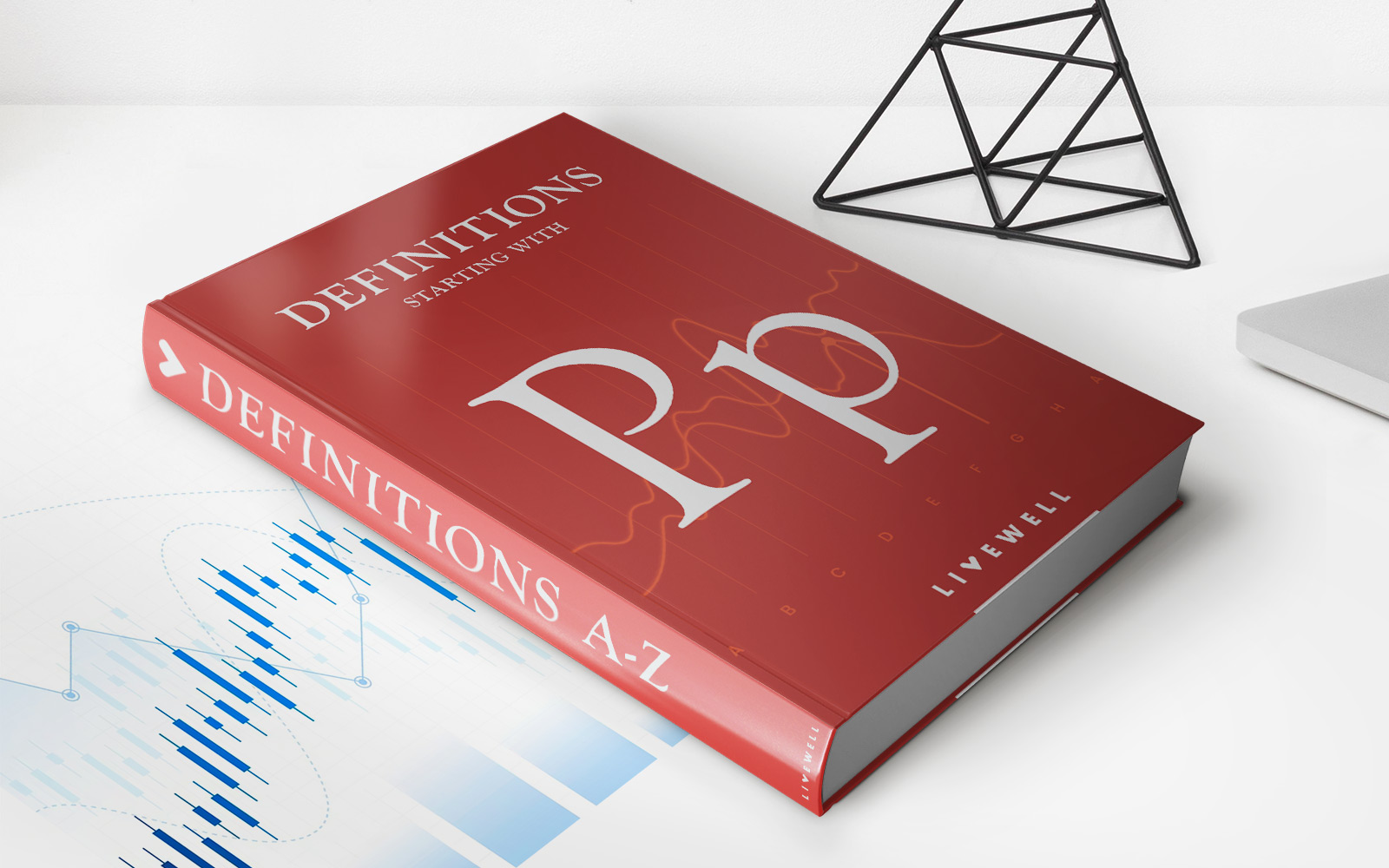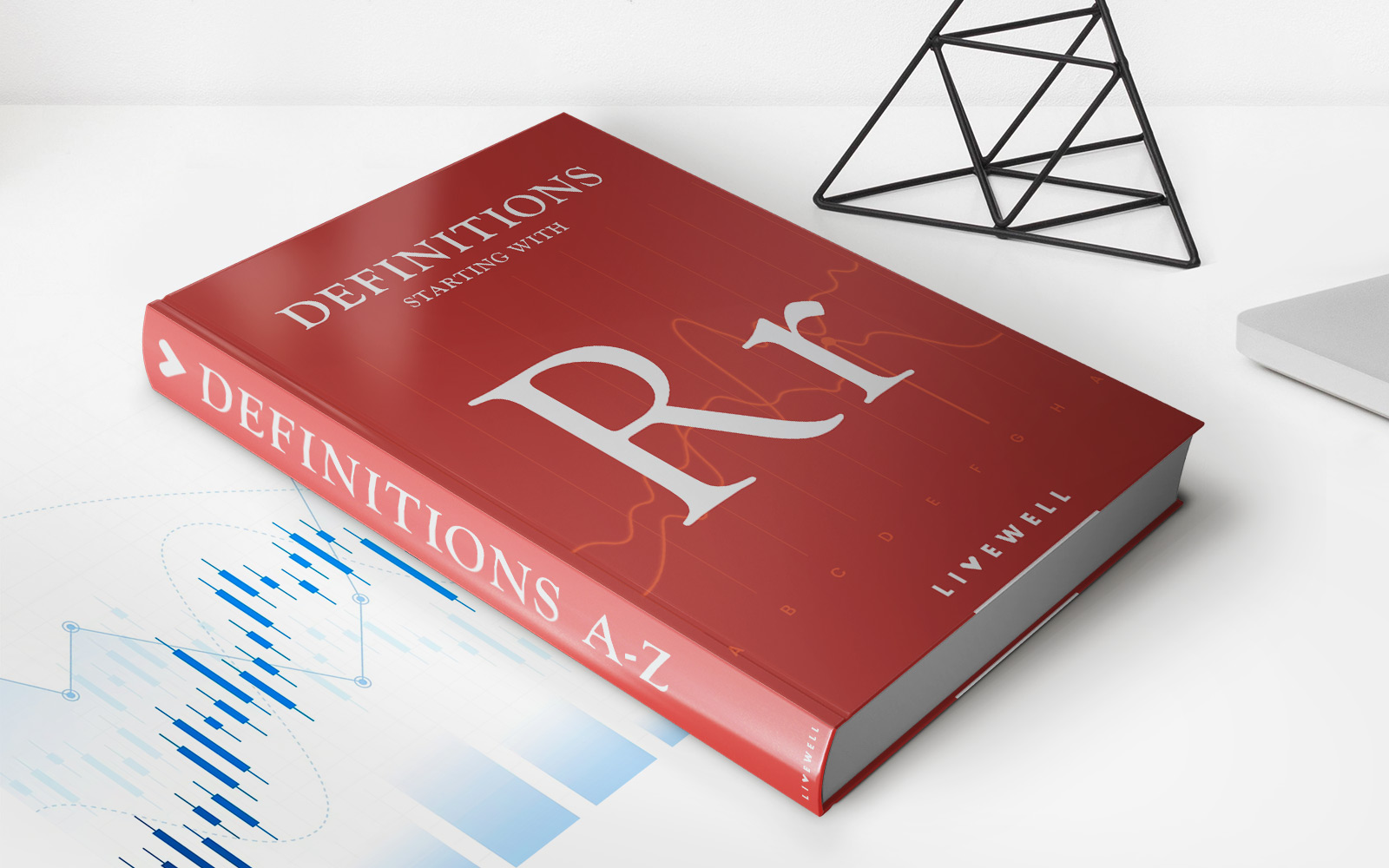Home>Finance>Sublease: Definition, How It Works, Laws, And Example


Finance
Sublease: Definition, How It Works, Laws, And Example
Published: February 3, 2024
Learn the definition, laws, and how subleasing works in finance, along with an example. Understand the ins and outs of subleasing for a successful financial strategy.
(Many of the links in this article redirect to a specific reviewed product. Your purchase of these products through affiliate links helps to generate commission for LiveWell, at no extra cost. Learn more)
Understanding Sublease: Definition, How It Works, Laws, and Example
Are you looking for a way to manage your finances and potentially earn some extra income? Subleasing might be the solution you’ve been searching for. In this article, we will explore the definition of sublease, how it works, the laws surrounding subleasing, and provide you with a real-life example. So, let’s dive in and uncover everything you need to know about subleasing!
Key Takeaways:
- Subleasing is the act of renting out a property or a part of it to another person, known as the sublessee.
- The sublessee pays rent to the tenant, who then pays the landlord.
What is Sublease?
Subleasing, also known as subletting, is a legal arrangement where a tenant rents out a property, or a portion of it, to another person, known as the sublessee. Essentially, the sublessee becomes a type of temporary tenant, with the original tenant acting as the sublessor or primary tenant.
Subleases can occur in various situations, such as when a tenant needs to leave a rental property before their lease agreement expires. Instead of breaking the lease and potentially facing penalties, the tenant can sublease the property to someone else, allowing them to cover the rent during their absence.
How Does Subleasing Work?
Subleasing typically involves three parties: the original tenant, the sublessee, and the landlord. Let’s break down the process:
- Obtain permission from the landlord: Before subleasing a property, the primary tenant must seek permission from the landlord. Some leases prohibit subletting, while others allow it with certain conditions.
- Find a sublessee: The primary tenant is responsible for finding a sublessee who is willing to rent the property during their absence. This can be done through advertisements, word of mouth, or online platforms.
- Create a sublease agreement: Once a suitable sublessee is found, the primary tenant and the sublessee enter into a sublease agreement. This agreement outlines the terms and conditions of the sublease, including rent amount, duration, and any additional responsibilities.
- Collect rent from the sublessee: Throughout the sublease period, the sublessee pays rent to the primary tenant. The primary tenant is then responsible for paying the landlord the agreed-upon rent amount. It’s crucial for the primary tenant to ensure that the sublessee pays on time to avoid any financial issues.
Laws Regarding Subleasing
When it comes to subleasing, it’s essential to be aware of the laws and regulations that may apply. The specific laws vary depending on the jurisdiction, so it’s recommended to consult local authorities or a legal professional for accurate and up-to-date information. However, here are some general considerations:
- Lease agreement: Check the original lease agreement for any clauses that outline the terms and conditions of subletting. Some leases may prohibit subleasing entirely or require the landlord’s written consent.
- Landlord’s permission: In most cases, the primary tenant must obtain the written permission of the landlord before subleasing a property. Failing to do so could lead to eviction and legal consequences.
- Responsibility for damages: Depending on the jurisdiction, the primary tenant may still be held responsible for any damages caused by the sublessee. It’s crucial to document the condition of the property before and after the sublease period to avoid liability.
Example: John and Subleasing
Let’s take a look at a practical example to better understand how subleasing works. Meet John, a college student who is studying abroad for a semester. Instead of paying rent for an empty apartment, John decides to sublease his place while he’s away. Here’s the process he follows:
- John discusses subleasing with his landlord and provides all the necessary documents, including the sublease agreement.
- John finds a fellow student, Sarah, who agrees to sublease his apartment for the semester.
- John and Sarah sign a sublease agreement, which includes the amount of rent, duration of sublease, and any additional responsibilities.
- Throughout the semester, Sarah pays rent directly to John, who then fulfills his regular rent obligation to the landlord.
- At the end of the sublease period, John inspects the apartment to ensure there are no damages beyond normal wear and tear.
In this example, subleasing allows John to cover his rent while he’s away and prevents him from breaking the lease agreement. Sarah benefits by having a temporary place to stay without the hassle of committing to a long-term lease.
Conclusion
Subleasing provides a practical solution for tenants who need to temporarily leave a rental property or generate additional income. By understanding the definition, process, and laws related to subleasing, individuals can navigate this arrangement responsibly and avoid any legal implications. Remember to always seek permission from the landlord and create a comprehensive sublease agreement to protect all parties involved. Happy subleasing!
Now you have a comprehensive understanding of subleasing and how it can benefit you financially. Remember to always seek permission from your landlord, create a sublease agreement, and understand the laws specific to your jurisdiction. Subleasing is a great way to manage your finances, earn some extra income, and ensure your rental property is not left vacant. So why not consider subleasing as an option?














